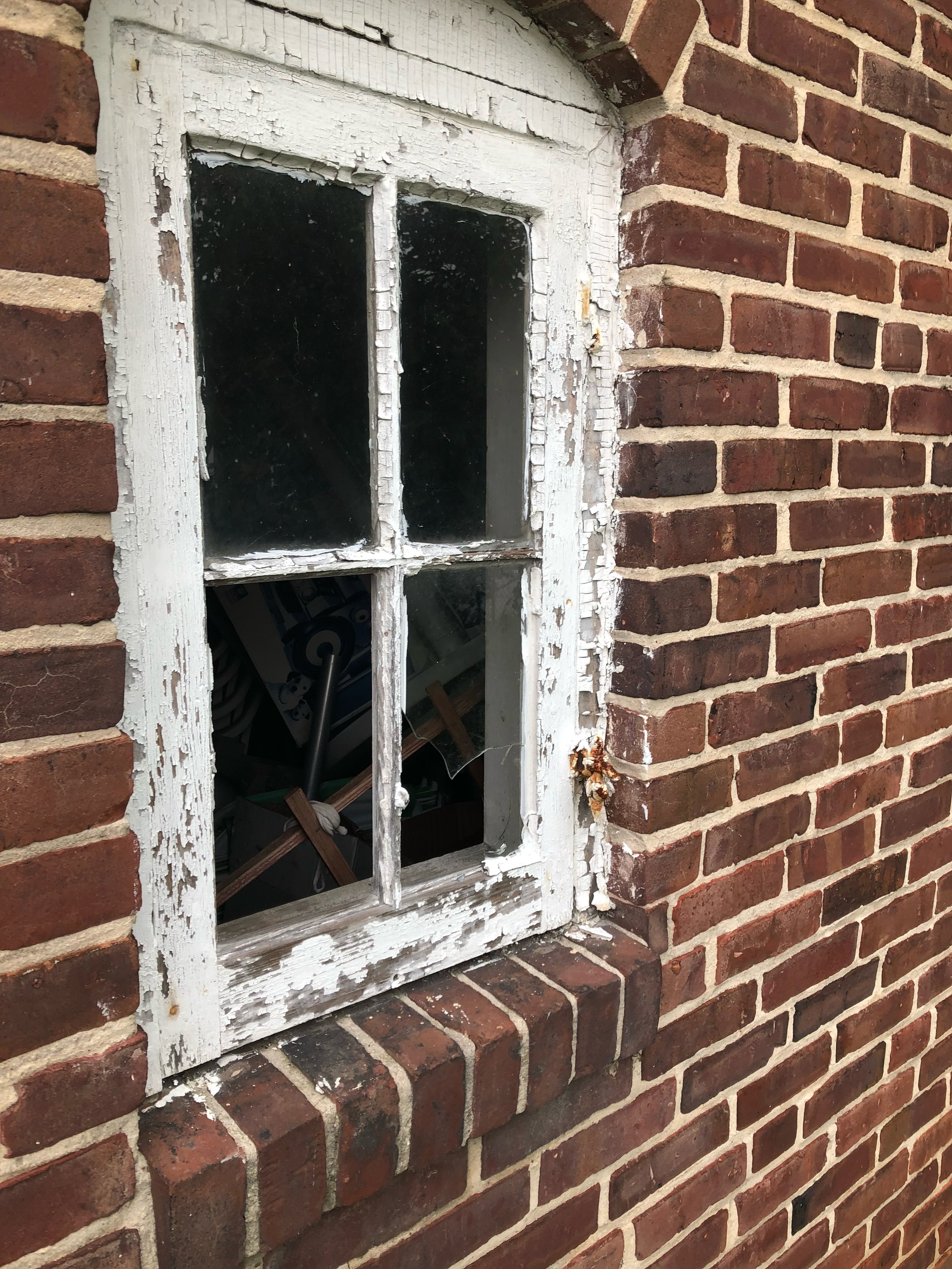Step-by-Step Guide
Explaining the consequences of renting a property without complying with lead paint inspection regulations, focusing on the challenges of passing inspections later and the costs involved.
Step 1: Legal Penalties for Non-Compliance
1. Fines and Penalties:
• Renting without providing a valid lead inspection certificate (Full Risk Reduction or Lead-Free Certificate) violates federal, state, and local laws.
• Maryland Penalties:
• Fines can range from $500 to $5,000 per violation.
• Repeated violations may lead to court actions or suspension of rental licenses.
2. Lawsuits:
• Tenants, especially families with children, can sue for damages if a child develops lead poisoning.
• Settlements and judgments often cost tens of thousands of dollars or more.
3. Rental License Revocation:
• Local authorities can suspend or revoke rental licenses, making it illegal to rent the property.
Step 2: Difficulty Passing Future Inspections
1. Increased Deterioration:
• Over time, lead-based paint deteriorates further, making inspections harder to pass.
• Key Problems:
• Peeling, chipping, or cracking paint worsens without maintenance.
• Lead dust levels increase, especially around windows, doors, and high-friction areas.
2. Tighter Regulations:
• Inspections may become stricter due to updated lead laws, requiring additional work to meet new standards.
Step 3: Higher Costs for Repairs and Contractors
1. Cost of Emergency Repairs:
• If a tenant reports peeling paint or lead hazards, landlords must fix the issue immediately, often at a higher cost due to urgency.
• Emergency repairs can cost 20-30% more than planned remediation.
2. Hiring Contractors After Occupancy:
• Contractors will face challenges working in an occupied home, including:
• Limited access to spaces due to tenant belongings or activities.
• Additional cleaning and setup time to ensure tenant safety during work.
• These factors can increase contractor fees by $1,000 to $5,000 or more, depending on the property’s size and condition.
3. Remediation Costs:
• Standard remediation for unoccupied homes: $3,000 to $8,000.
• Remediation for occupied homes: $5,000 to $12,000, due to extra precautions like dust barriers and tenant coordination.
Step 4: Health Risks and Long-Term Liability
1. Health Risks to Tenants:
• Failing to address lead hazards increases the risk of lead poisoning, especially in children and pregnant women.
• Medical Consequences:
• Developmental delays, behavioral problems, and long-term health issues.
2. Long-Term Legal Liability:
• Lead poisoning cases often result in legal claims against landlords.
• Average legal settlements can exceed $50,000 to $100,000 per claim, depending on the severity of harm.
Step 5: Damage to Your Reputation and Business
1. Tenant Trust:
• Non-compliance damages your reputation among tenants and within the community.
2. Difficulty Renting in the Future:
• Once flagged as non-compliant, you may face challenges renewing your rental license or attracting tenants.
3. Lost Revenue:
• Properties deemed unsafe can remain vacant until compliance is achieved, causing lost rental income.
Why It’s More Expensive to Delay Compliance
1. Proactive Inspections:
• Passing inspections before renting saves money by identifying and addressing hazards early.
• Average cost of proactive lead inspections: $300 to $500.
2. Reactive Repairs:
• Emergency lead remediation in an occupied home can cost 2-3 times more than planned repairs in a vacant property.
3. Legal Fees:
• Failing to comply often results in legal fees, fines, and settlements that far exceed the cost of early inspections and remediation.
Conclusion: Why Compliance Is the Cheaper and Safer Option
Investing in lead paint inspections and remediation upfront ensures:
• Lower costs for repairs.
• Compliance with Maryland law.
• Protection from legal and financial consequences.
• Health and safety for your tenants.
Avoid the risks—schedule your lead inspection today! Call us at 443-839-3565 to get started.



